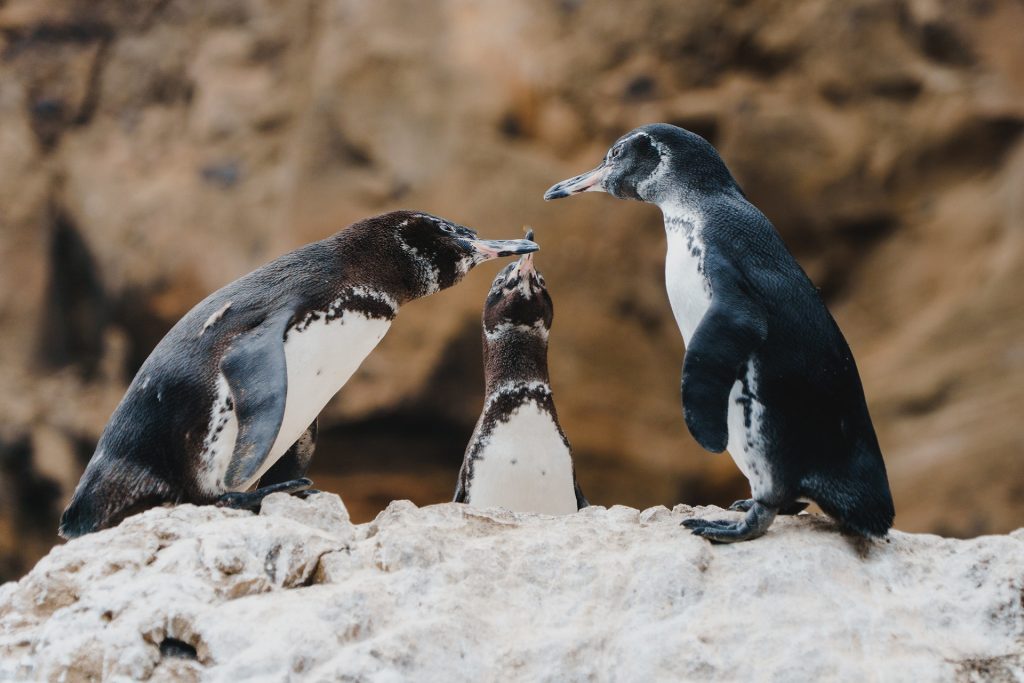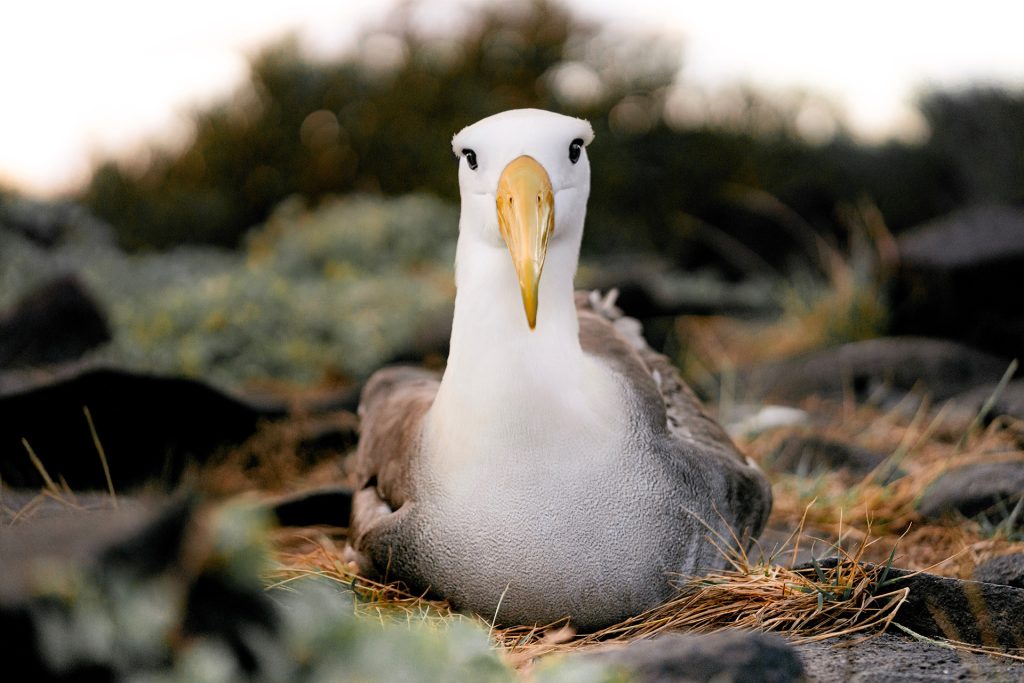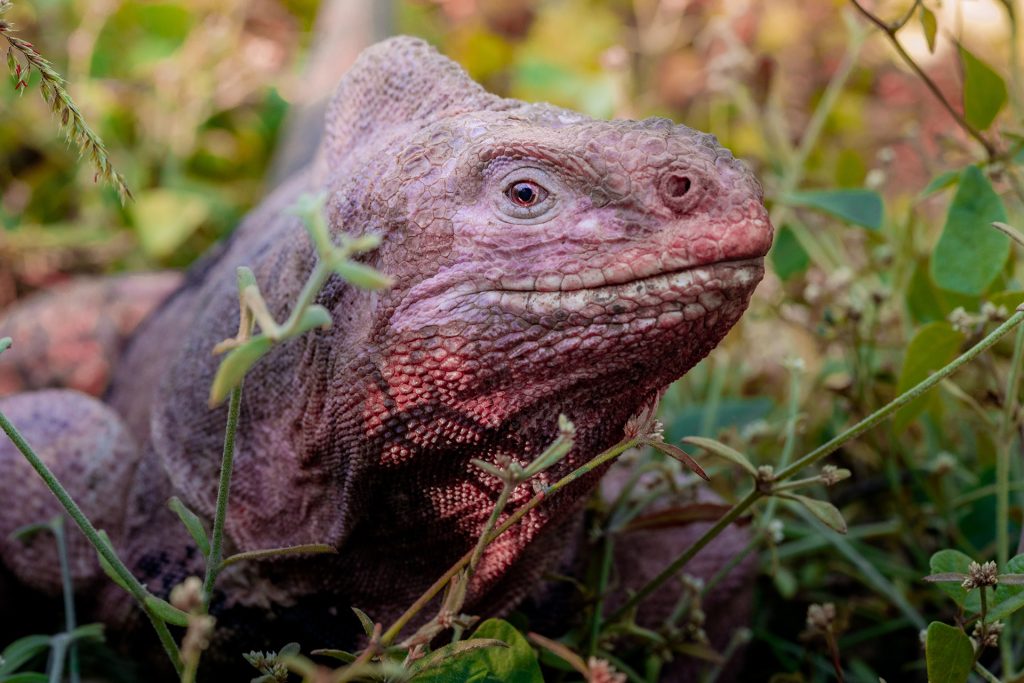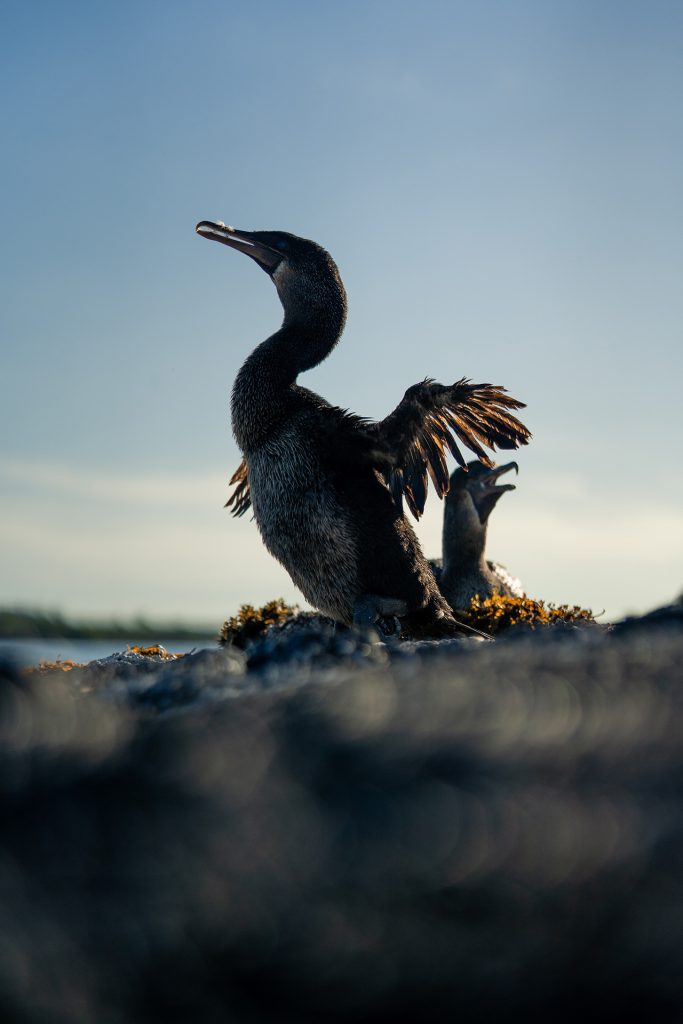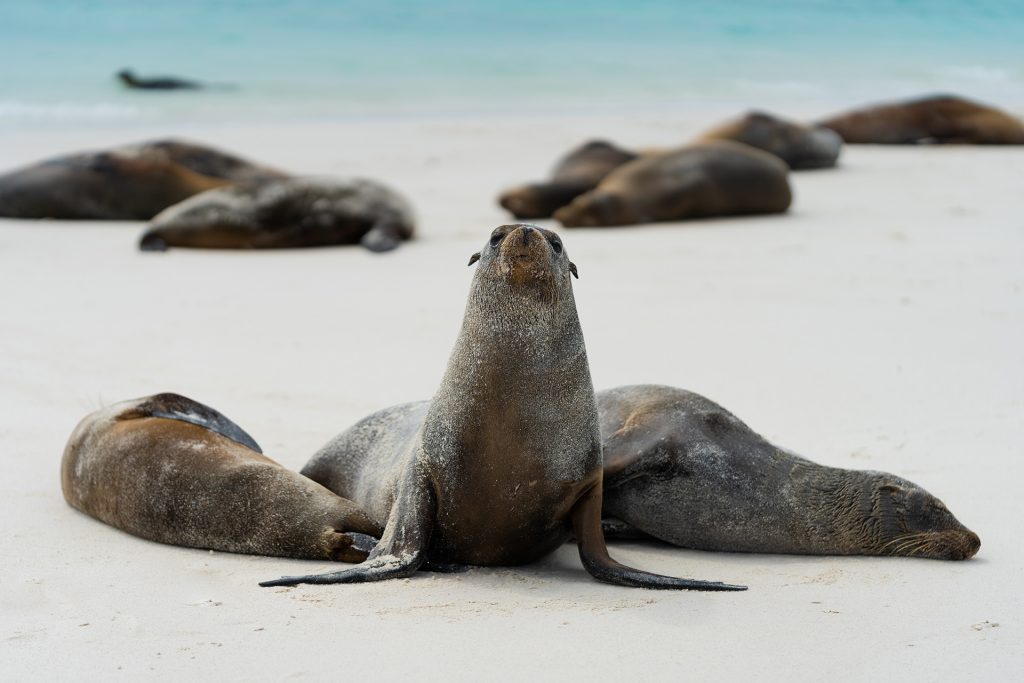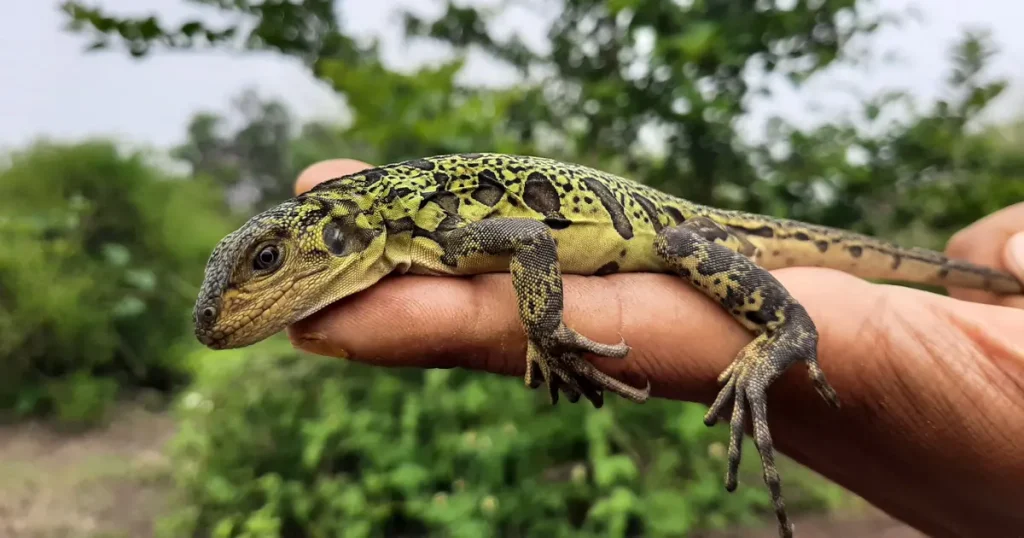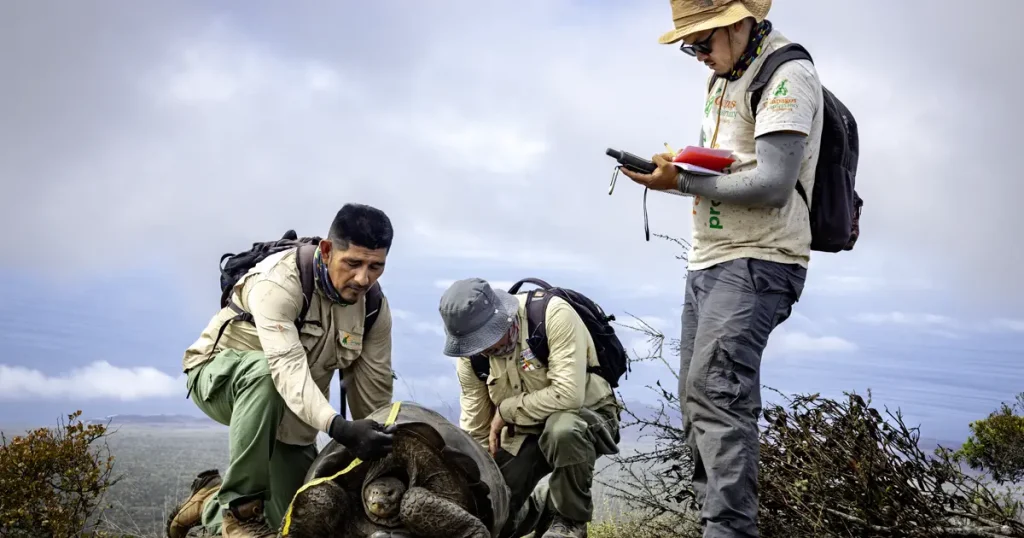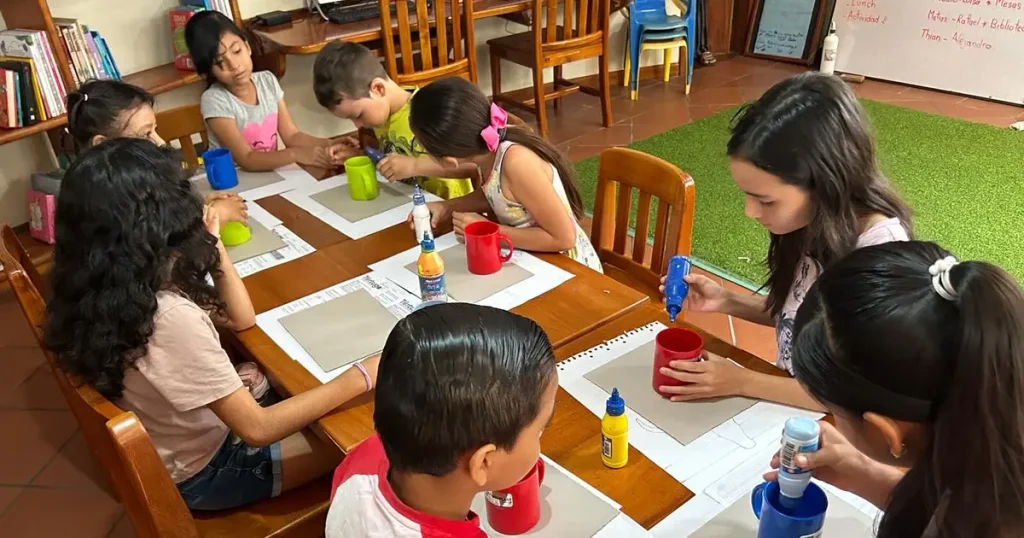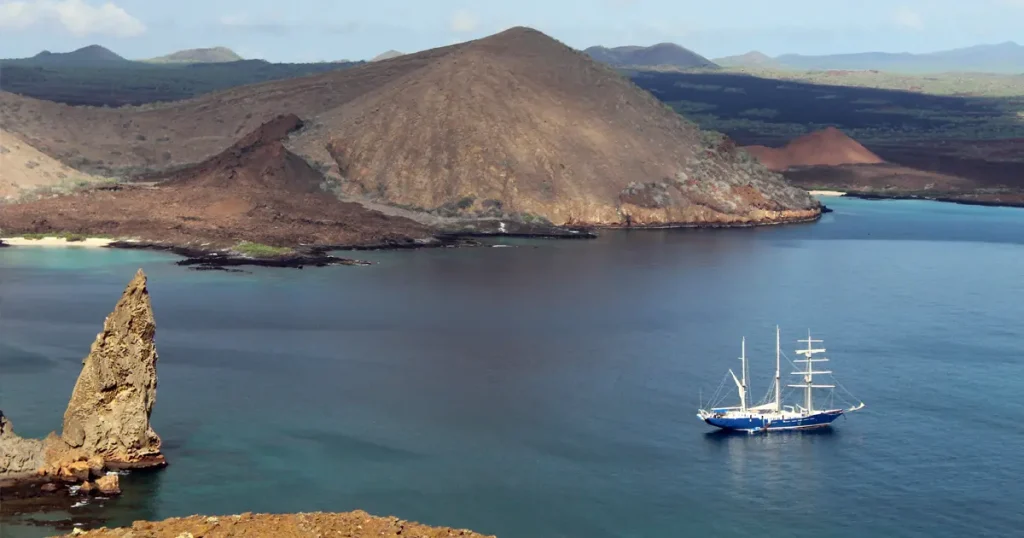The Race To Save Galápagos’ Endangered Species
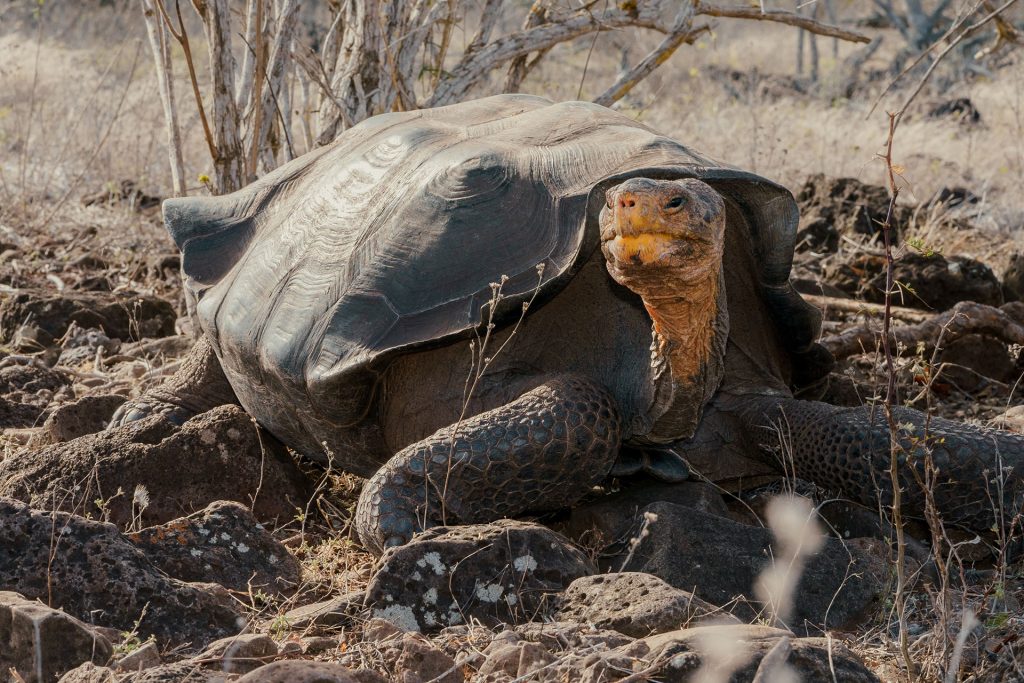
Galápagos is home to some of the world’s most unique and best-protected wildlife, but their survival is threatened by a range of human activities and environmental challenges. One of the main threats to Galápagos wildlife, currently, is invasive species. These are non-native animals and plants introduced intentionally or accidentally to the archipelago by humans. They can outcompete native and endemic species for resources, leading to population declines. Invasive species include rats, cats, goats, and blackberries. These have wreaked havoc on Galápagos ecosystems. Efforts to control these invasive species must be intensified to safeguard the archipelago’s exceptional biodiversity.
There is a lot at stake. Protecting Galápagos species is crucial for sustaining its biodiversity-based economy and the local communities who depend on it. Ecotourism is the major source of economic activity in Galápagos, generating about a billion dollars in revenue per year, and relies on maintaining healthy populations of the archipelago’s unique wildlife.
Through Iniciativa Galápagos, our focus is on restoring ecosystems for endangered giant tortoises and conserving other native and endemic species. With five tortoise species teetering on the brink of critical endangerment, three facing imminent peril, and five classified as Vulnerable, our efforts are urgent. By restoring their islands and ecosystems, we secure a better future for these creatures and protect Galápagos’ unique biodiversity. Collaboration with governments, organizations, and communities is crucial for effective conservation. Immediate action is imperative.
Top endangered species in the Galápagos Islands:
-
Galápagos Giant Tortoises (Chelonoidis spp.)
-
Galápagos Penguin (Spheniscus mendiculus)
-
Galápagos Sea Lion (Zalophus wollebaeki)
-
Flightless Cormorant (Phalacrocorax harrisi)
-
Waved Albatross (Phoebastria irrorata)
-
Mangrove Finch (Camarhynchus heliobates)
-
Pink Iguana (Conolophus marthae)
